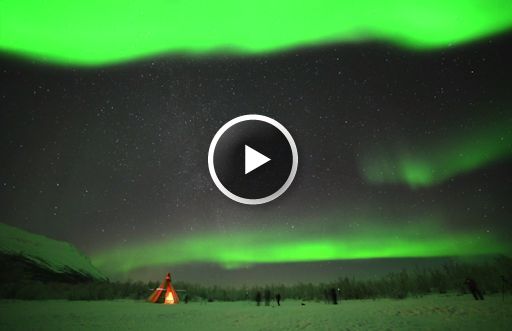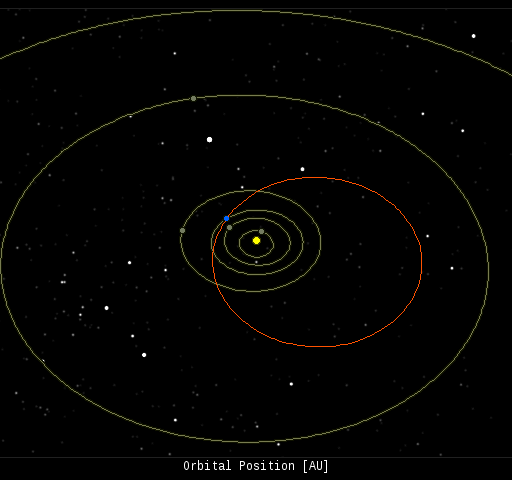Listen to radar echoes from satellites and meteors, live on listener-supported Space Weather Radio. | | | CME DELAYED: A CME expected to sideswipe Earth's magnetic field on Feb 2nd did not arrive on time. A new analysis by NOAA forecasters suggests it will reach Earth on Feb. 4th instead. The late arrival could spark minor geomagnetic storms and auroras on Tuesday. Aurora alerts: text, voice BIG SUNSPOT, HIGH SOLAR ACTIVITY: Solar activity reached high levels yesterday with seven M-class solar flares and three CMEs. Almost all of the explosions were produced by monster sunspot AR1967, shown here in a Feb. 3rd photo taken by Karzaman Ahmad of the Langkawi National Observatory in Malaysia: 
Click to view the entire sunspot. AR1967 is wider than the planet Jupiter and its primary dark cores are big enough to swallow Earth many times over. The scale of the thing makes it an easy target for backyard solar telescopes. "I used an 11-inch Celestron telescope with a Thousand Oaks White Light Filter," says Ahmad. "The sunspot is stunning and shows very interesting structural details even through a small telescope and whitelight filter." AR1967 has a 'delta-class' magnetic field that harbors energy for strong eruptions. The growing complexity of the region has prompted NOAA forecasters to boost the odds of X-flares to 50% during the next 24 hours. Because AR1967 is near the center of the solar disk, any eruptions will be squarely Earth directed. Solar flare alerts: text, voice Realtime Space Weather Photo Gallery MUST-SEE AURORA MOVIE: "We are enjoying one of our best years ever," reports Chad Blakley, an aurora tour guide in Sweden's Abisko National Park. "So far we have seen auroras on 29 out of the 31 nights we have looked. Last night was extra special. The sky exploded in color and I was lucky to capture the phenomenon with several different cameras from multiple angles." Click to view the resulting footage: 
"The lights were so powerful that the images became overexposed with a shutter speed of less than one second," he continues. "I can honestly say that this was one of the greatest displays of natural beauty that I have ever seen." The show is apt to continue tonight. NOAA forecasters estimate a 25% chance of geomagnetic storms on Feb. 3-4 when an approaching CME is expected to deliver a glancing blow to our planet's magnetic field. Aurora alerts: text, voice Realtime Aurora Photo Gallery
Realtime Supernova Photo Gallery
Every night, a network of NASA all-sky cameras scans the skies above the United States for meteoritic fireballs. Automated software maintained by NASA's Meteoroid Environment Office calculates their orbits, velocity, penetration depth in Earth's atmosphere and many other characteristics. Daily results are presented here on Spaceweather.com. On Feb. 3, 2014, the network reported 0 fireballs. On Feb. 2, 2014, the network reported 3 fireballs.
(3 sporadics) 
In this diagram of the inner solar system, all of the fireball orbits intersect at a single point--Earth. The orbits are color-coded by velocity, from slow (red) to fast (blue). [Larger image] [movies]
Potentially Hazardous Asteroids ( PHAs) are space rocks larger than approximately 100m that can come closer to Earth than 0.05 AU. None of the known PHAs is on a collision course with our planet, although astronomers are finding new ones all the time. On February 3, 2014 there were 1453 potentially hazardous asteroids. Notes: LD means "Lunar Distance." 1 LD = 384,401 km, the distance between Earth and the Moon. 1 LD also equals 0.00256 AU. MAG is the visual magnitude of the asteroid on the date of closest approach. | | The official U.S. government space weather bureau | | | The first place to look for information about sundogs, pillars, rainbows and related phenomena. | | | Researchers call it a "Hubble for the sun." SDO is the most advanced solar observatory ever. | | | 3D views of the sun from NASA's Solar and Terrestrial Relations Observatory | | | Realtime and archival images of the Sun from SOHO. | | | from the NOAA Space Environment Center | | | the underlying science of space weather | | 
